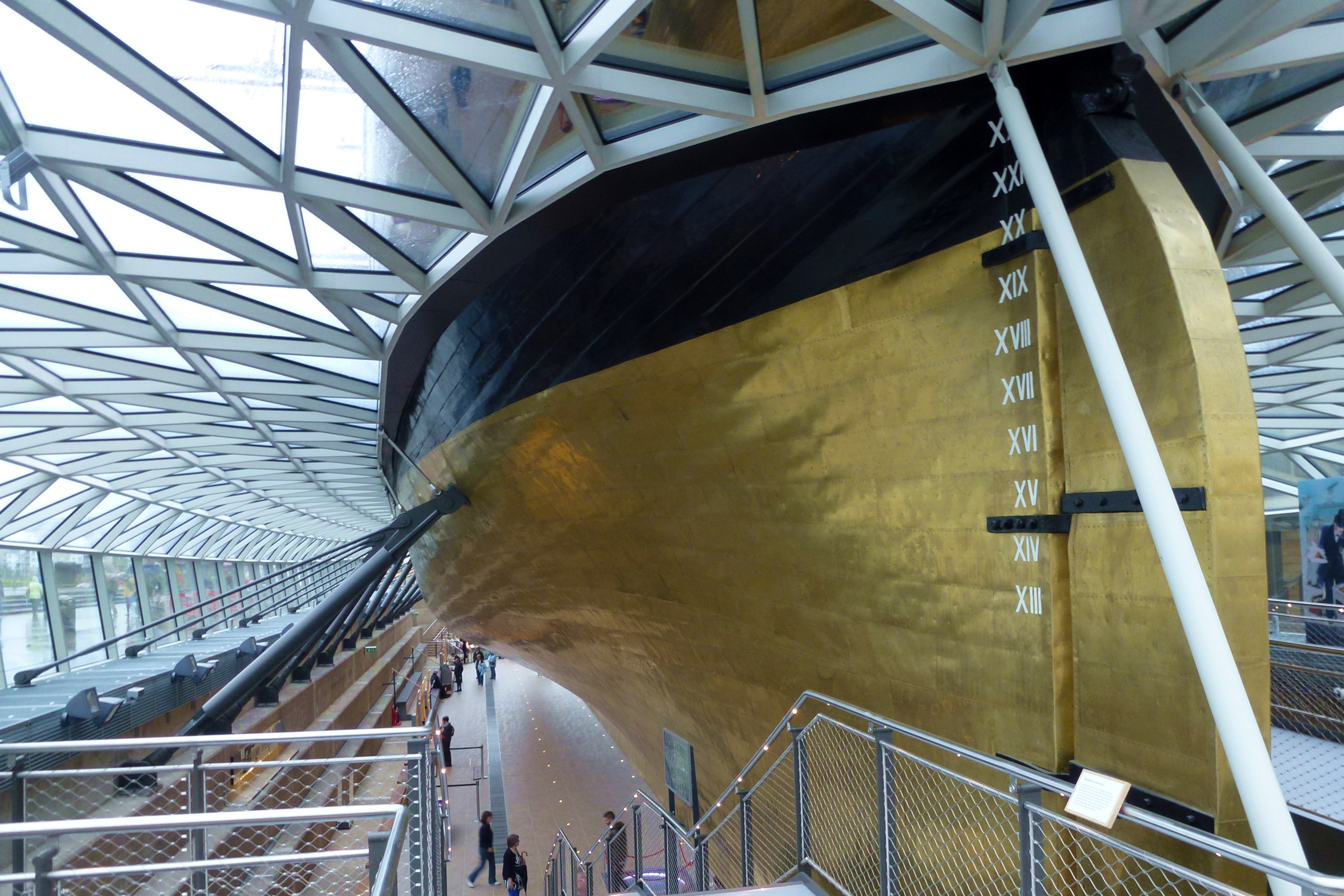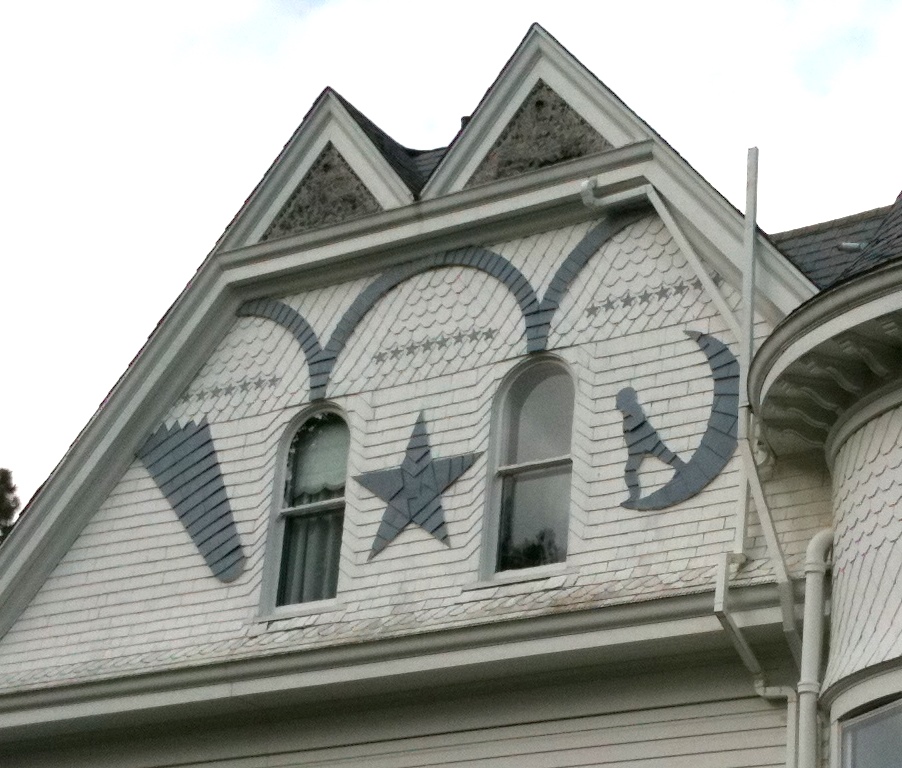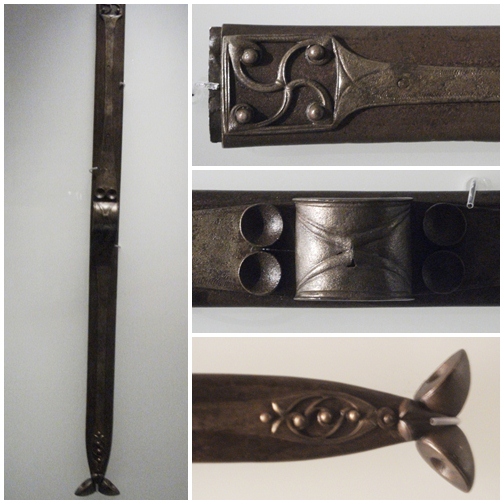|
Sheathing (other)
{{Disambiguation ...
Sheathing may refer to: Engineering and technology * Copper sheathing, on a wooden ship's hull to protect against fouling and shipworm * Sheathing as electrical insulation on a wire or cable, see electrical cable * Sheathing as protection against physical damage, see armoured cable * Sheathing to reduce heat transfer, see pipe insulation Construction * Cladding (construction) * Rigid panel * Sheathing wrap or housewrap * Siding (construction) Other uses * Sheathing, the action of putting a bladed weapon into a sheath or scabbard See also * Cladding (other) * Sheading, a historical division of the Isle of Man * Sheath (other) Sheath pronounced as , may refer to: * Scabbard, a sheath for holding a sword, knife, or other large blade, as well as guns, such as rifles. * The outer covering of a cable * Condom, a kind of contraception * Debye sheath, a layer of a plasma in ... [...More Info...] [...Related Items...] OR: [Wikipedia] [Google] [Baidu] |
Copper Sheathing
Copper sheathing is the practice of protecting the under-water hull of a ship or boat from the corrosive effects of salt water and biofouling through the use of copper plates affixed to the outside of the hull. It was pioneered and developed by the Royal Navy during the 18th century. In antiquity, ancient Greeks used lead plates to protect the underwater hull. Development Deterioration of the hull of a wooden ship was a significant problem during the Age of Sail. Ships' hulls were under continuous attack by shipworm, barnacles and various marine weeds, all of which had some adverse effect on the ship, be it structurally, in the case of the worm, or affecting speed and handling in the case of the weeds. The most common methods of dealing with these problems were through the use of wood, and sometimes lead, sheathing. Expendable wood sheathing effectively provided a non-structural skin to the hull for the worm to attack, and could be easily replaced in dry dock at regular inter ... [...More Info...] [...Related Items...] OR: [Wikipedia] [Google] [Baidu] |
Electrical Cable
An electrical cable is an assembly of one or more wires running side by side or bundled, which is used to carry electric current. One or more electrical cables and their corresponding connectors may be formed into a ''cable assembly'', which is not necessarily suitable for connecting two devices but can be a partial product (e.g. to be soldered onto a printed circuit board with a connector mounted to the housing). Cable assemblies can also take the form of a cable tree or cable harness, used to connect many terminals together. Etymology The original meaning of ''cable'' in the electrical wiring sense was for submarine telegraph cables that were armoured with iron or steel wires. Early attempts to lay submarine cables without armouring failed because they were too easily damaged. The armouring in these early days (mid-19th century) was implemented in separate factories to the factories making the cable cores. These companies were specialists in manufacturing wire rope ... [...More Info...] [...Related Items...] OR: [Wikipedia] [Google] [Baidu] |
Armoured Cable
In electrical power distribution, armoured cable usually means steel wire armoured cable (SWA) which is a hard-wearing power cable designed for the supply of mains electricity. It is one of a number of armoured electrical cables – which include 11 kV Cable and 33 kV Cable – and is found in underground systems, power networks and cable ducting. Aluminium can also be used for armouring, and historically iron was used. Armouring is also applied to submarine communications cables. Construction The typical construction of an SWA cable can be broken down as follows: * Conductor: consists of plain stranded copper (cables are classified to indicate the degree of flexibility. Class 2 refers to rigid stranded copper conductors as stipulated by British Standard BS EN 60228:2005) * Insulation: Cross-linked polyethylene (XLPE) is used in a number of power cables because it has good water resistance and excellent electrical properties. Insulation in cables ensures that conductors and o ... [...More Info...] [...Related Items...] OR: [Wikipedia] [Google] [Baidu] |
Pipe Insulation
Pipe Insulation is thermal or acoustic insulation used on pipework. Applications Condensation control Where pipes operate at below-ambient temperatures, the potential exists for water vapour to condense on the pipe surface. Moisture is known to contribute towards many different types of corrosion, so preventing the formation of condensation on pipework is usually considered important. Pipe insulation can prevent condensation forming, as the surface temperature of the insulation will vary from the surface temperature of the pipe. Condensation will not occur, provided that (a) the insulation surface is above the dewpoint temperature of the air; and (b) the insulation incorporates some form of water-vapour barrier or retarder that prevents water vapour from passing through the insulation to form on the pipe surface. Pipe freezing Since some water pipes are located either outside or in unheated areas where the ambient temperature may occasionally drop below the freezing point of ... [...More Info...] [...Related Items...] OR: [Wikipedia] [Google] [Baidu] |
Cladding (construction)
Cladding is the application of one material over another to provide a skin or layer. In construction, cladding is used to provide a degree of thermal insulation and weather resistance, and to improve the appearance of buildings. Cladding can be made of any of a wide range of materials including wood, metal, brick, vinyl, and composite materials that can include aluminium, wood, blends of cement and recycled polystyrene, wheat/rice straw fibres. Rainscreen cladding is a form of weather cladding designed to protect against the elements, but also offers thermal insulation. The cladding does not itself need to be waterproof, merely a control element: it may serve only to direct water or wind safely away in order to control run-off and prevent its infiltration into the building structure. Cladding may also be a control element for noise, either entering or escaping. Cladding can become a fire risk by design or material. Description Cladding in construction is material applied ov ... [...More Info...] [...Related Items...] OR: [Wikipedia] [Google] [Baidu] |
Rigid Panel
Rigid panel insulation, also referred to as continuous insulation, can be made from foam plastics such as polyurethane (PUR), polyisocyanurate (PIR), and polystyrene, or from fibrous materials such as fiberglass, rock and slag wool. Rigid panel continuous insulation is often used to provide a thermal break in the building envelope, thus reducing thermal bridging. Uses Where rigid panels are most often used: * Some, such as expanded polystyrene (EPS) "beadboard", are suitable for ground contact and are used against footings and exterior backfilled foundation walls. * Against exterior exposed foundation walls (should be coated to protect from sunlight). * Against exterior walls between foundation and roof, installed between sheathing and siding. * Either above or below roof sheathing in a roof assembly. * On the exterior side of the studs in a framed wall assembly, or on the exterior side of a mass wall assembly. * Inside unfinished interior walls, either as pre-cut batts, or ... [...More Info...] [...Related Items...] OR: [Wikipedia] [Google] [Baidu] |
Sheathing Wrap
Housewrap (or house wrap), also known by the genericized trademark homewrap (or home wrap), generally denotes a modern synthetic material used to protect buildings. Housewrap functions as a weather-resistant barrier, preventing rain or other forms of moisture from getting into the wall assembly while allowing water vapor to pass to the exterior. If moisture from either direction is allowed to build up within stud or cavity walls, mold and rot can set in and fiberglass or cellulose insulation will lose its R-value due to heat-conducting moisture. House wrap may also serve as an air barrier if it is sealed carefully at seams. Housewrap is a replacement for the older tar paper or asphalt saturated felt on walls. It is lighter in weight, available in much wider rolls, and both faster and easier to apply. Major types * Micro-perforated, cross-lapped films * Films laminated to spunbond nonwovens (Typar or CertaWrap) * Films laminated or coated to polypropylene wovens * Supercalen ... [...More Info...] [...Related Items...] OR: [Wikipedia] [Google] [Baidu] |
Siding (construction)
Siding or wall cladding is the protective material attached to the exterior side of a wall of a house or other building. Along with the roof, it forms the first line of defense against the elements, most importantly sun, rain/snow, heat and cold, thus creating a stable, more comfortable environment on the interior side. The siding material and style also can enhance or detract from the building's beauty. There is a wide and expanding variety of materials to side with, both natural and artificial, each with its own benefits and drawbacks. Masonry walls as such do not require siding, but any wall can be sided. Walls that are internally framed, whether with wood, or steel I-beams, however, must always be sided. Most siding consists of pieces of weather-resistant material that are smaller than the wall they cover, to allow for expansion and contraction of the materials due to moisture and temperature changes. There are various styles of joining the pieces, from board and batton, wher ... [...More Info...] [...Related Items...] OR: [Wikipedia] [Google] [Baidu] |
Scabbard
A scabbard is a sheath for holding a sword, knife, or other large blade. As well, rifles may be stored in a scabbard by horse riders. Military cavalry and cowboys had scabbards for their saddle ring carbine rifles and lever-action rifles on their horses for storage and protection. Scabbards have been made of many materials over the millennia, including leather, wood, and metals such as brass or steel. Most commonly, sword scabbards were worn suspended from a sword belt or shoulder belt called a baldric. Antiquity Wooden scabbards were typically covered in fabric or leather; the leather versions also usually bore metal fittings for added protection and carrying ease. Japanese blades typically have their sharp cutting edge protected by a wooden scabbard called a saya. Many scabbards, such as ones the Greeks and Romans used, were small and light. It was designed for holding the sword rather than protecting it. All-metal scabbards were popular items for a display of wealt ... [...More Info...] [...Related Items...] OR: [Wikipedia] [Google] [Baidu] |
Cladding (other)
Cladding is an outer layer of material covering another. It may refer to the following: *Cladding (boiler), the layer of insulation and outer wrapping around a boiler shell *Cladding (construction), materials applied to the exterior of buildings **Wall cladding, exterior material applied to the walls of a building **Copper cladding, applying copper to the exterior of buildings **Rainscreen cladding, an exterior wall detail to create a capillary break and to allow drainage and evaporation of water *Cladding (fiber optics), fiber optics property to contain light in the core of the fiber by total internal reflection *Cladding (metalworking), a bonding together of dissimilar metals *Cladding (nuclear fuel) Cladding is an outer layer of material covering another. It may refer to the following: *Cladding (boiler), the layer of insulation and outer wrapping around a boiler shell *Cladding (construction), materials applied to the exterior of buildings ..., the outer layer of the fuel ... [...More Info...] [...Related Items...] OR: [Wikipedia] [Google] [Baidu] |
Sheading
Local government ( gv, gurneilys ynnydagh) in the Isle of Man was formerly based on six sheadings, which were divided into seventeen parishes (today referred to as "ancient parishes"). The island is today divided for local government purposes into town districts, village districts, parish districts, and "districts", as follows: *Four town districts: Douglas (borough), Castletown, Peel and Ramsey *Two "districts": Michael, Onchan *Two village districts: Port Erin and Port St Mary *Thirteen parish districts: Andreas, Arbory and Rushen, Ballaugh, Braddan, Bride, Garff, German, Jurby, Lezayre, Malew, Marown, Patrick, Santon Sheadings The Isle of Man was historically divided into six sheadings ( gv, sheadinyn): in the traditional clockwise order, they are Glenfaba, Michael, Ayre, Garff, Middle, and Rushen. The sheadings are now significant only as: *the districts of the Coroners (although two pairs of sheadings are now combined for this purpose), and *the basis of certain el ... [...More Info...] [...Related Items...] OR: [Wikipedia] [Google] [Baidu] |

_008.jpg)




